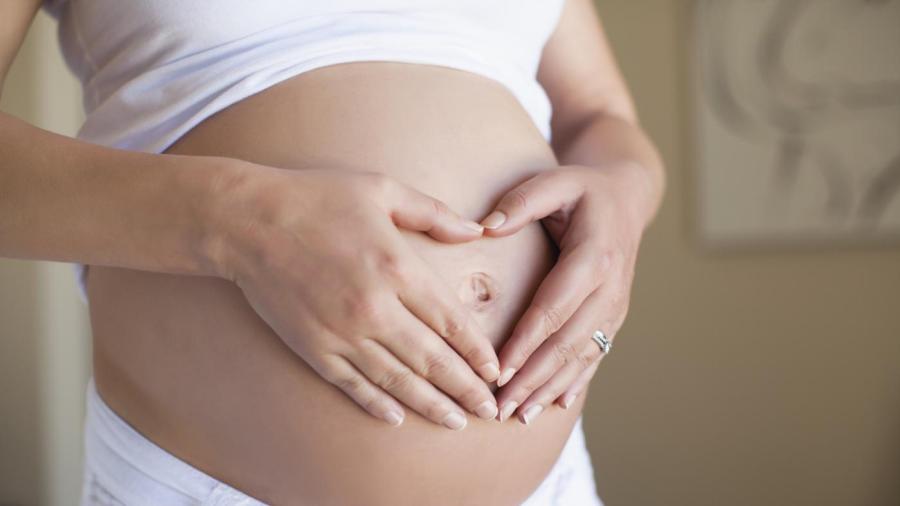When Is a Woman Most Likely to Get Pregnant?

According to the American Pregnancy Association, a woman is most likely to get pregnant during ovulation, which occurs when a woman’s ovary releases a mature egg that can be fertilized by sperm. After leaving the ovary, an egg can only survive for up to a day. Ovulation occurs between the 11th and 21st day of a woman’s menstrual cycle. A woman’s menstrual cycle is lasts approximately 28 to 32 days.
A woman’s fertile window lasts approximately six days, with the last day being the day that she ovulates. Parenting explains that couples wishing to conceive should have sexual intercourse before ovulation to give the sperm time to reach the egg. Sperm can survive up to 72 hours after ejaculation, thus perfect timing is key to increased pregnancy odds. Having sexual intercourse every day or every other day during this window increases the odds of getting pregnant.
WebMD states that tracking the basal body temperature, examining cervical mucus, marking the day that a period starts each month and noting when sexual intercourse takes place are successful ways to track ovulation and increase chances of pregnancy. A woman’s basal body temperature rises after ovulation making it a simple method of determining when ovulation occurs. During ovulation, cervical mucus gets slimy and thin to help transport sperm to the uterus.





